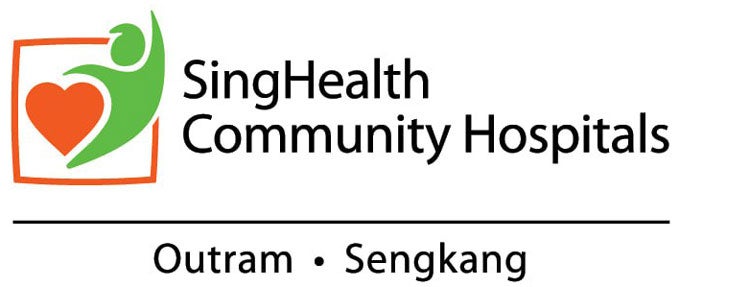SingHealth Community Hospitals will NEVER ask you to transfer money over a call. If in doubt, call the 24/7 ScamShield helpline at 1799, or visit the ScamShield website at www.scamshield.gov.sg.
Putting down roots in family medicine
- All about Occupational Therapy
- Journey to the Northwest
- Many Helping Hands
- Staying Steady
- Nurse, Can I Have Chee Chong Fun
- Cut Out for Volunteering
- Hope In The Heartland
- A Mother's Love
- Devotion to Healing
- A New Game Plan
- Passion for his craft
- A Father's Last Bus Ride
- Egg Pancake Roll
- Last Time Policemen Wear Shorts
- The Nightingale Tales
- No Matter The Distance
- A Special Kind of Volunteer
- ART WITH A HEART
- FEELING VIBRANT WITH VARIETY HOUR
- BORN CARE-GIVER
- Trusting Each Other to Care
- How Do Occupational Therapists Help Patients

Dr Gwendoline Tan
In the last installment of our profile on Family Physicians, we get up close with Dr Gwendoline Tan, Staff Registrar at OCH's Post-Acute & Continuing Care (PACC), to find out how she got started in Medicine.
Q: Why be a doctor?
I was in Red Cross Youth during secondary school, and found my passion in helping people through the many volunteering opportunities I had. I also did attachments to a few hospitals and that piqued my interest in Medicine. It turned out to be an exciting, challenging and meaningful career.
Q: So what do you find challenging in your job?
We get a variety of different medical and surgical cases in a community hospital, and every patient has a unique medical history. For example, if patients are at OCH for rehabilitation after hip fracture surgery, we simultaneously manage their other medical and social conditions, begin preventive care and facilitate their transition back into the community.
Q: Tell us more about the social aspects of your care.
Often times, we also provide support for patient's family members. If a previously independent patient has had a sudden decline in function, it requires adjustment from the family who may also find it difficult to cope. It is important to get to know each patient's family and social set-up so that we can plan the best path for patients to return to the community after discharge, in a way that takes into consideration each family's circumstances.
That's why we are "family" physicians – we don't just look after the individual, but their family too.
Q: Do your patients find it hard to define what you do?
One common misconception people have about family physicians is that we only work in outpatient clinics, and are often surprised to hear that there are also family physicians in acute and community hospitals.
We go through many different hospital rotations as a trainee in residency to learn and gain experience in looking after patients of all ages. In Singapore, you only receive the family physician title after doing an MMed or GDFM.
Q: GDFM? MMed? What are those?
GDFM stands for Graduate Diploma in Family Medicine, and MMed stands for Master of Medicine in Family Medicine.
My peers and I have been busy with our MMed in the past year – juggling between work and studies for our exams from July to November. I am thankful to be in a supportive and nurturing environment – the entire PACC department gave us a lot of invaluable help during that busy and stressful period.
All of us who took the clinical exam passed, and the day when we received our results was one of the best days of my life!
Q: Any memorable patient encounters to share?
During ward rounds one day, a patient gave us a piece of craftwork that she made herself, with the words "thank you". It was such a lovingly handmade gift which I still keep at my desk. We do our work without any expectations of gratitude but it's always nice and encouraging when people appreciate what you do.
Q: Now for work-life balance. Do you get any?
Outside of work, I enjoy spending my free time spinning (indoor rhythm cycling), swimming, playing board games and baking.
Baking is such a therapeutic activity! Even though it requires some patience, it's a journey of combining different ingredients together, creating something magical and having a sense of immediate gratification when you see the end result of your effort. It's a great way to unwind from daily life's stressors and you get to share your baked goodies with your loved ones!
Keep Healthy With
@2025 SingHealth Group. All Rights Reserved.
















